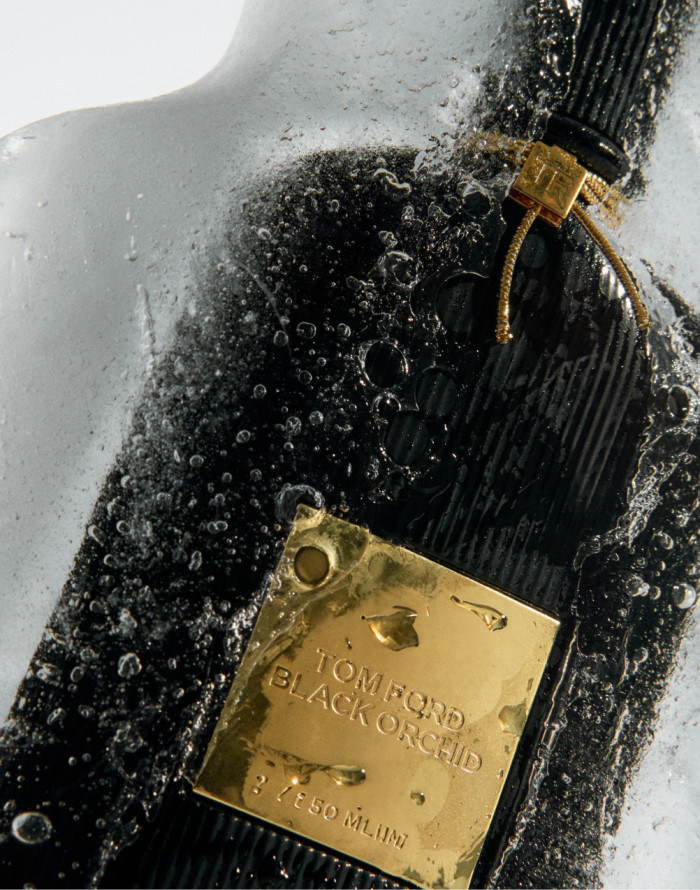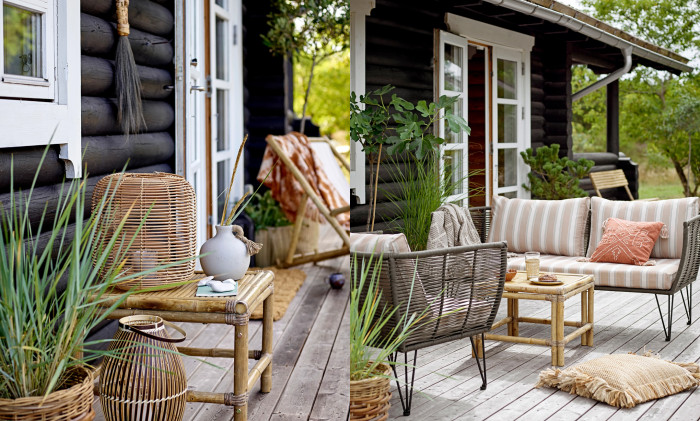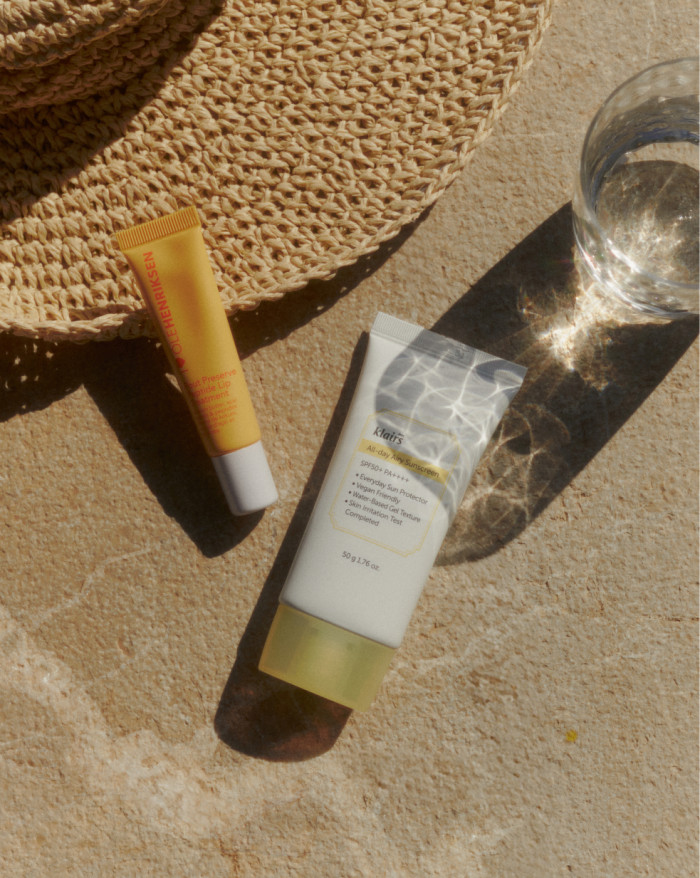

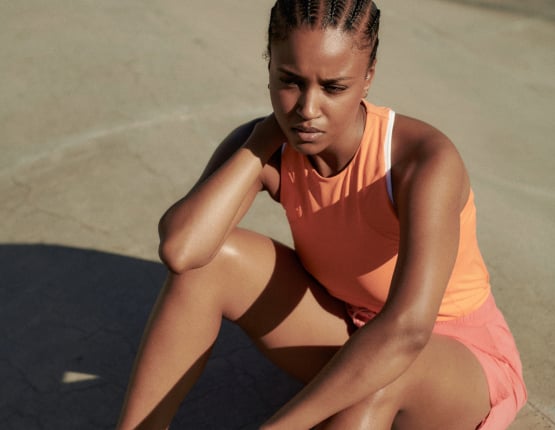 Sport fyrir konur
Sport fyrir konur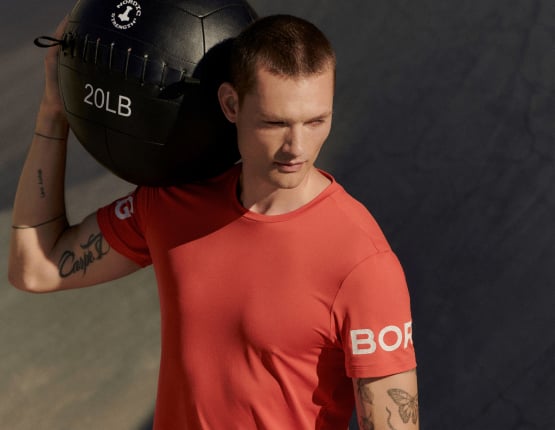 Sport fyrir karla
Sport fyrir karla Sport fyrir börn
Sport fyrir börnFrom the shape to the balance and weight, there are a few things to consider when buying a padel racket. Here’s how to buy the best one to suit you so you have a great game whatever your level.
From the shape to the balance and weight, there are a few things to consider when buying a padel racket. Here’s how to buy the best one to suit you so you have a great game whatever your level.
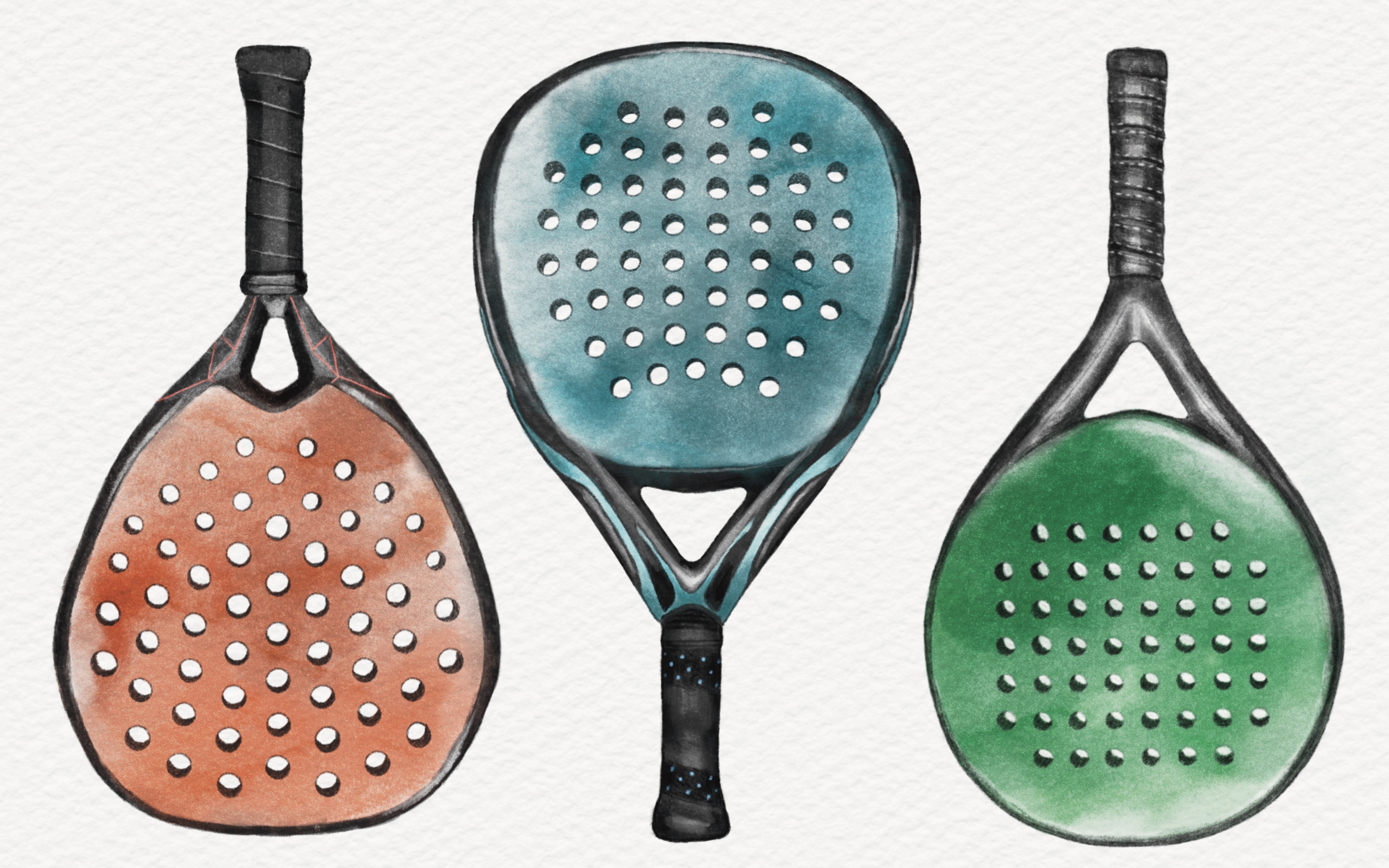
Casual player – As your technique is in progress, you will need to choose an easy-to-play padel racket that is light and offers enough control to put the ball in a good spot.
Intermediate player – As your game isn’t defined, a versatile padel racket is key here so you can face any situation. Look for a good mix of power and accuracy.
Advanced player – Depending on the style of your game, look for a padel racket with either maximum power or great accuracy.
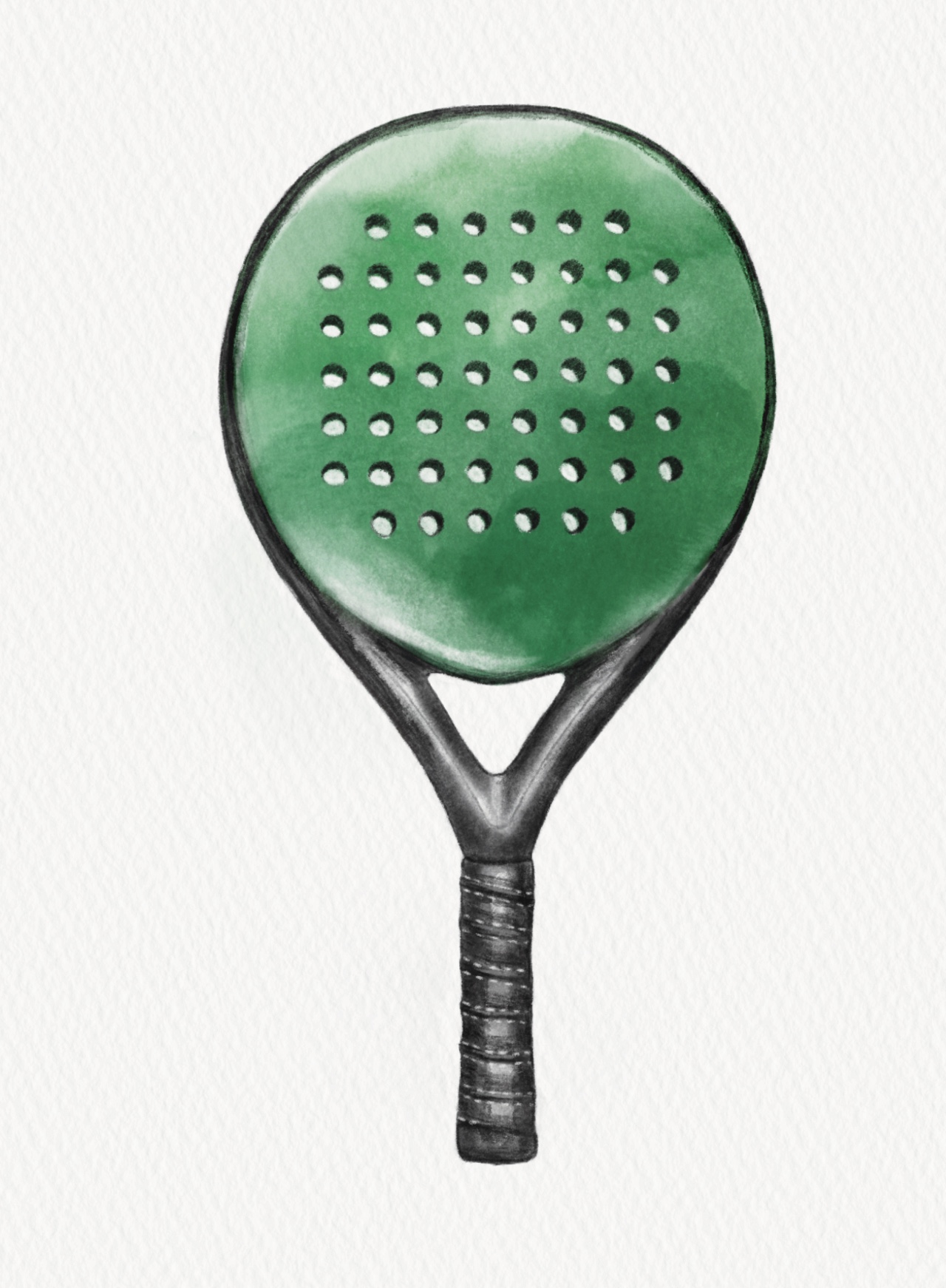
With the weight balance closer to the handle, round-shaped padel rackets are the most maneuverable. Their round sweet spot is quite forgiving and located in the middle of the head. These padel rackets provide excellent control, which is great for casual and defensive padel players. The downside of round padel rackets is their lack of power for smashes.

This is a mix of round and diamond shapes. Teardrop-shaped padel rackets have a balance close to the middle, they are versatile and offer a perfect combination between power and control. This type of shape will fit intermediate players and players who don’t have a specialised game yet (defensive or offensive).

With the balance and sweet spot closer to the top, this type of racket is clearly the most powerful and preferred choice by professional players. This shape fits perfectly with the offensive-minded players, especially those playing on the left side. One of the downsides is their maneuverability so they can cause arm fatigue for non-trainer players.
This is directly linked to the shape of the racket; the balance plays a great role in the maneuverability of a padel racket.
Over 275mm. This racket is called HEAD HEAVY. It offers a maximal amount of power but is tougher to manipulate.
Around 270mm. This racket has a NEUTRAL BALANCE which provides versatility.
Under 265mm. This racket is called HEAD LIGHT, so the weight is mainly located close to the grip which helps for quick reactions and control.
Most rackets for adults weigh between 370g and 375g. This is a good weight range for players looking for a mix of power and control.
Below 370g. The weight of this racket will move easier and is better suited for reaction volleys but less powerful. A lightweight racket like this will suit casual players, women (340 to 370g), and kids between 5 and 10 years (280 to 340g).
Over 375g. This padel racket brings more power but is less maneuverable and less control orientated. A heavier racket like this will be more efficient for an offensive game but needs the physical skills to use it.
The impact surface of a padel racket is made of fibreglass which is cheap but heavy or with graphite which is more expensive but light in up to three layers. The more layers a racket has the better its durability but the lower the power.
The core of the racket is made of:
FOAM (Polyethylene) is a soft material known for its comfort and is used for padel rackets with soft fibres on the impact surface.
E.V.A (Ethylene Vinyl Acetate): used for the ability to come back quickly to its initial position after impact. It's lightweight and resilient to high temperatures.
So, a soft foam + soft fibres on the impact surface = POWER, and E.V.A + hard fibres = ACCURACY.
This is directly linked to the shape of the racket; the balance plays a great role in the maneuverability of a padel racket.
Over 275mm. This racket is called HEAD HEAVY. It offers a maximal amount of power but is tougher to manipulate.
Around 270mm. This racket has a NEUTRAL BALANCE which provides versatility.
Under 265mm. This racket is called HEAD LIGHT, so the weight is mainly located close to the grip which helps for quick reactions and control.
Most rackets for adults weigh between 370g and 375g. This is a good weight range for players looking for a mix of power and control.
Below 370g. The weight of this racket will move easier and is better suited for reaction volleys but less powerful. A lightweight racket like this will suit casual players, women (340 to 370g), and kids between 5 and 10 years (280 to 340g).
Over 375g. This padel racket brings more power but is less maneuverable and less control orientated. A heavier racket like this will be more efficient for an offensive game but needs the physical skills to use it.
The impact surface of a padel racket is made of fibreglass which is cheap but heavy or with graphite which is more expensive but light in up to three layers. The more layers a racket has the better its durability but the lower the power.
The core of the racket is made of:
FOAM (Polyethylene) is a soft material known for its comfort and is used for padel rackets with soft fibres on the impact surface.
E.V.A (Ethylene Vinyl Acetate): used for the ability to come back quickly to its initial position after impact. It's lightweight and resilient to high temperatures.
So, a soft foam + soft fibres on the impact surface = POWER, and E.V.A + hard fibres = ACCURACY.

